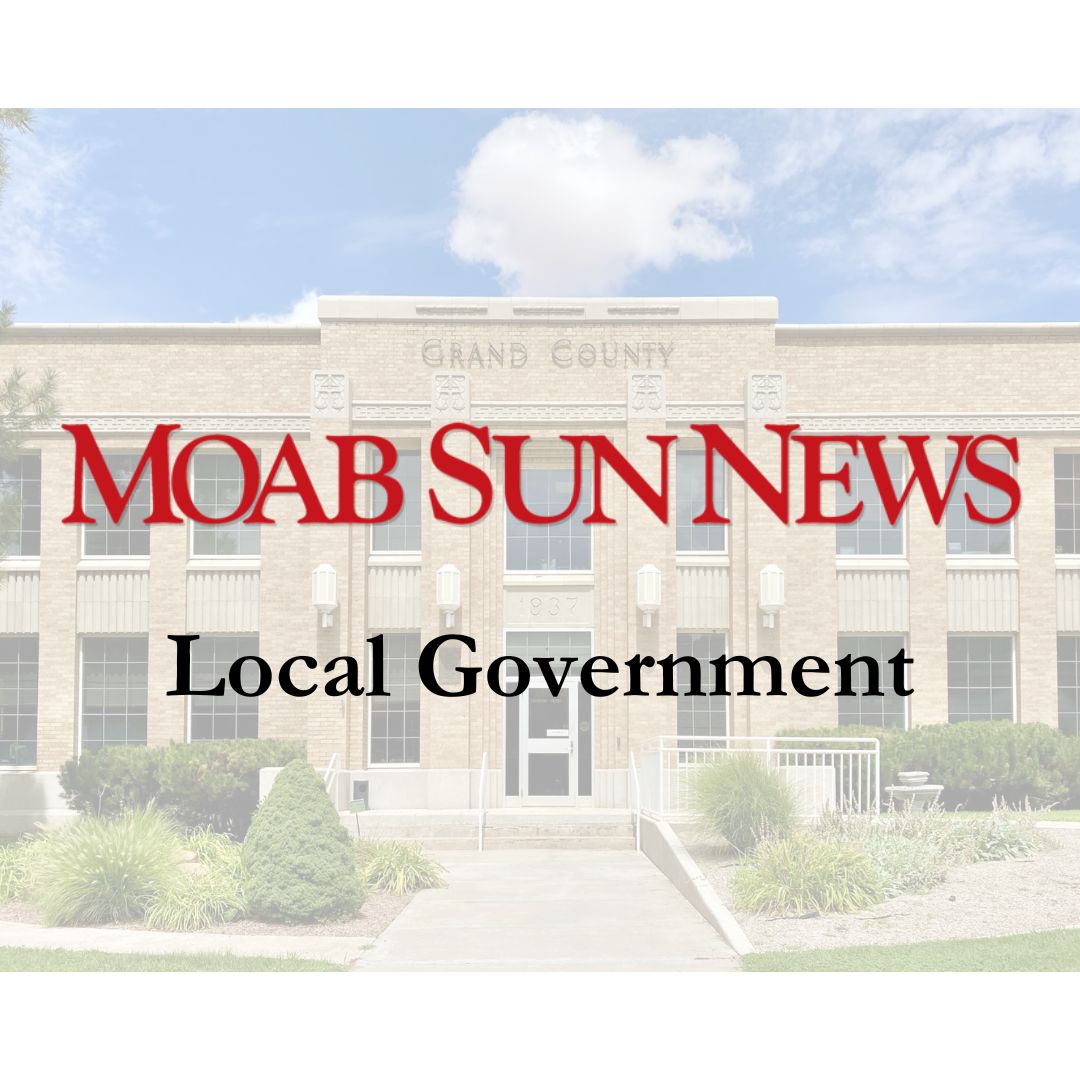In April, Arches National Park debuted a pilot timed entry system for visitors—anyone wishing to visit the park between 6 a.m. and 5 p.m. from April to October of this year must make an online reservation to do so. The system is the National Park Service’s attempt to address overcrowding in the park: from 2009 to 2019, visitation to Arches grew by over 66%. In 2021, the park broke its attendance record: Arches saw over 1.8 million visitors.
During the Moab City Council’s July 26 meeting, the Southeast Utah Group Area National Parks Superintendent, Patty Trap, gave an update on how the system was working.
There have been significant successes with the system, she said: a low turnaround rate at the entrance gate, meaning people were prepared for the reservation system; redistribution of visitation during the day, which was one of the park’s initial goals with the system; reduced congestion in parking lots and on trails; and according to visitor comments, there’s been improved visitor experience and an enhanced connection to park resources.
“People have said, ‘wow, you don’t have to fight for parking,’ especially in the major lots,” Trap said.
Kate Thomas, the public affairs specialist for the Southeast Utah Group, said in general, reviews of the system are “overwhelmingly positive.” Of 4,352 reviews left on the reservation website, 2,963 gave five out of five stars (68%), and 183 (4%) gave one star.
Thomas presented a few emails and Facebook comments to the council that said things like, “I wish to beg you to always keep the timed entry for visitors” and “the timed entry process is a great thing.”
However, the system has also faced a few significant challenges, Trap said: processing time per vehicle increased and the entrance road infrastructure may soon need to be updated. The park has also faced challenges with staff morale and retention, she said.
In June, park visitation was down 27.9% from 2021, which isn’t necessarily a bad thing, Trap said: the timed-entry system is meant to spread visitation out through the year. Plus, parks across the country, including Canyonlands, Capitol Reef, Bryce Canyon, and Zion, have also seen less visitation this summer: 2021 was a unique year, Trap said—people could travel easier due to remote work and remote school, and now, things seem to be getting back to normal.
The negative feedback from visitors has been overwhelmingly about the entrance line length, Thomas said. Visitors may still wait for up to an hour to get into the park, though Thomas said that without the timed entry system, visitors could be waiting two or three hours just to be turned away at the gate.
The timed entry system has faced other pushback: most recently, the United States Travel Association sent a letter addressed to the U.S. Department of the Interior Secretary Deb Haaland and National Park Service Director Chuck Sams, arguing that reservation systems make it difficult for international travelers to visit. The association argued for more consistency among parks, and a one-year-in-advance reservation period.
Several hundred travel groups, including the Utah Tourism Industry Association, also signed the letter.
The timed entry system is a pilot: if it’s a success, the park will implement a timed entry system again next year, though councilmembers argued that the pilot system should definitely continue again for at least another year, to generate more data.
This year’s timed entry system will end October 3.
Visitor survey
Thomas also presented the results from a 2021 visitor survey conducted in Arches and Canyonlands.
“It really does help us when we’re planning for the future and making management decisions,” she said. “This is a really great tool.”
The surveys were conducted during the peak season—June 2021—and non-peak season—November 2021, and received over 1,000 responses for each.
The key takeaway, Thomas said, was that Arches visitors, especially Arches summer visitors, were “more likely than Canyonlands visitors to respond that visiting Arches was their primary reason to come to the local area.” Winter visitors were much different—hiking outside of Arches National Park was their primary reason for visiting the area.
“Summer visitors really want to visit Arches for Arches’ sake, but winter visitors really like to visit other places in the local area,” Thomas said.
Delicate Arch remained iconic—74% of visitors said visiting Delicate Arch was very or extremely important to their visit to the park overall—as did the rest of Moab’s landscape: 80% of Arches visitors also visited Canyonlands, and over half of Arches visitors spent three or more days in the local area.
The survey also asked about potential management practices. The majority of visitors said they would like to see an expanded trail network in the park and voluntary shuttles; 59% of respondents also said they supported timed entry reservations.
“Thank you for all your help—this is very much an economic-driven thing for Moab, and for the businesses,” said Councilmember Jason Taylor. “I appreciate all your work.”




